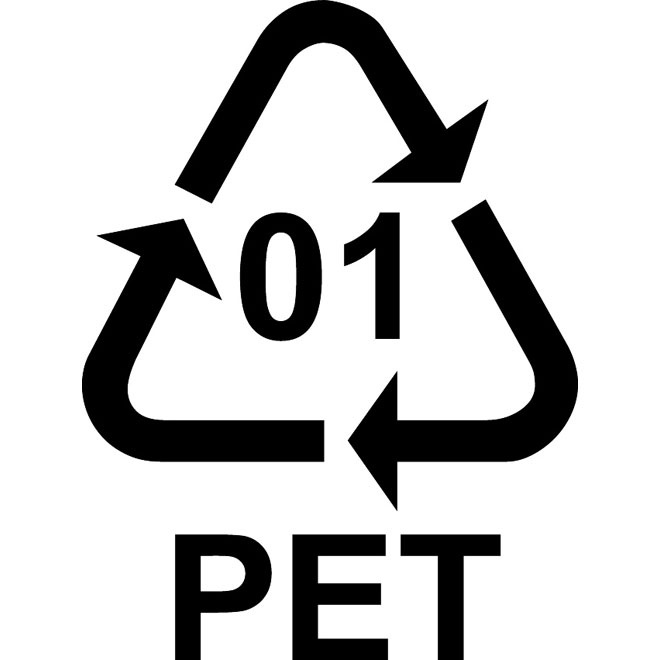CONSUMER INFORMATION ON PACKAGING WASTE MANAGEMENT
Unsorted and improperly managed packaging waste can make Lithuania one big landfill in a few decades. Unsorted and unprocessed, they remain unbroken for a long time:
• paper - 2 years;
• cans - 90 years;
• plastic packaging - 200 years;
• jars, bottles - 900 years.
Packaging waste is an alternative source of raw materials, and its sorting and recycling benefits industry and conserves natural resources. It is therefore essential to separate, sort and properly dispose of packaging waste from the overall waste stream, thus ensuring that the environment is not polluted and that its re-use will help to conserve a wide range of natural resources.
You can get rid of purchased packaging waste:
- by throwing sorted packaging into special packaging waste containers built in public places (yellow container for plastic and metal, green-glass, blue-paper).
- to deliver packaging waste at collection points.
- reusable packaging for which a cash deposit has been established - to hand over to the sellers from whom you purchased the goods.
To make it easier for consumers to sort, most packaging manufacturers mark the materials from which the packaging is made. The following markings on packaging materials are used:
A triangle consisting of three arrows rotating clockwise indicates that the marked packaging can be recycled.

In the middle of the triangle are usually one or two numbers that indicate the type of material (1 -19 plastic, 20-39 paper and cardboard, 40-49 metal, 50-59 wood, 60-69 fabrics and textiles, 70-79 glass).
